Fashion Trends That Aren’t Worth The Money
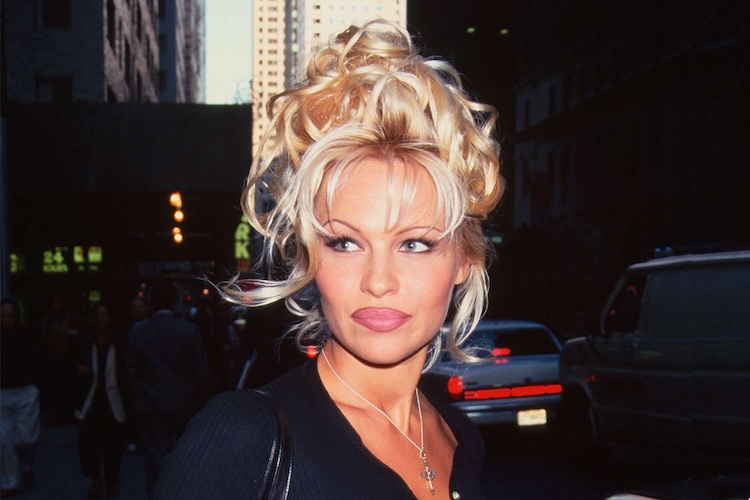
Fashion is a wonderful form of self-expression. When we were all younger, we loved hearing that we looked older than our actual age. But things have changed and fashion isn’t always easy to get right. Depending on your outfit, you can make yourself look younger or older.
Since the very nature of fashion trends is to come and go, there are some things that are in style one moment and the next are faux pas. Your clothes contribute to the first impression you make on others, so it’s important to know your style and have a wardrobe that supports the image you want to portray.
Some items may be making you look older without you even realizing it. To help you know what’s worth it or not, here are the fashion trends that just aren’t worth your money.
Not Wearing Shapewear – Popularized in 2010s
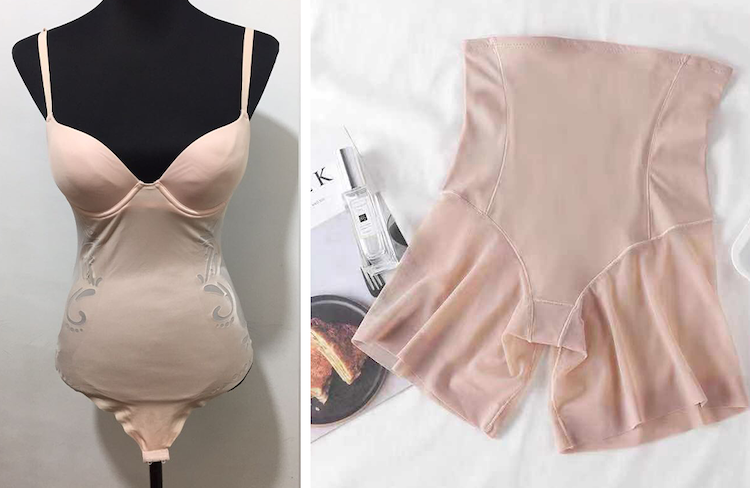
Shapewear, though not the most appealing visually, is a real body-transforming marvel for people of all sizes. It doesn’t aim to make you look ‘skinnier,’ but rather smooths out natural curves, ensuring your clothes fit flawlessly without any bumps or lumps.
Sara Blakely, the founder of Spanx, built a billion-dollar empire, and the popularity of Spanx just keeps going. The reason shapewear is a hit is simple – it works. It discreetly enhances your outfit, making it instantly more glamorous and chic, but garments that fit poorly, no matter their quality, simply won’t look good at all.
Choker Necklaces – Popularized in 1990s

Choker necklaces have a rich history, tracing back to the Renaissance era and experiencing resurgence during the 1920s when they became synonymous with the flapper fashion trend, accentuating the iconic short bob hairstyle.
In more recent times, chokers took on a rebellious symbolism, particularly during the 1990s when they were embraced by angsty teens who favored velvet chokers over the ornate designs of earlier eras. Icons like Natalie Portman in “Leon” and a young Drew Barrymore effectively embodied this grunge-inspired trend. Unless you’re aiming for a 90s-inspired rebellious look, it might be best to forgo the choker accessory.
Thin Eyebrows – Popularized in 1990s

Do you remember Drew Barrymore, Pamela Anderson, and Mariah Carey rocking those ultra-thin eyebrows in the 1990s? If you were there, chances are your brows still bear the scars of that trend.
Fast forward to today, and it’s all about those thick eyebrows that can sometimes border on the painful. But there’s a good reason behind it – thicker brows tend to make us look more youthful as we age. Still, let’s not go overboard with it, okay?
Floral Patterns – Popularized in 1960s

Floral patterns or bright prints can be a bit tricky to pull off, especially if you’re going for a head-to-toe look. If you incorporate them in smaller ways, like a scarf or a skirt, and keep the rest of your outfit neutral, it can actually work. Just remember to approach bright prints with care because they can be overwhelming and not very flattering.
In terms of looking slimmer or wider, here’s a general tip: large prints and horizontal stripes tend to make you appear wider, while vertical lines and small prints can make you seem slimmer. The color black also has a slimming effect. Of course, there are no strict rules in fashion, but some styles can be more challenging to pull off, and this is one of those cases.
Turtlenecks – Popularized in 1940s

A turtleneck should be avoided in most cases, as it distorts body proportions and can make you look like a ‘bobble head.’ However, it’s not a one-size-fits-all situation; tall individuals may find turtlenecks flattering, but shorter ones might look even shorter in them.
To look your best, focus on elongating your neck and body – this can be challenging with a bulky turtleneck. Consider a silk or cashmere scarf as a more elegant and cozy winter option. These fabrics are chic, soft, and will keep you warm while maintaining a stylish appearance.
Crocs – Popularized in 2000s
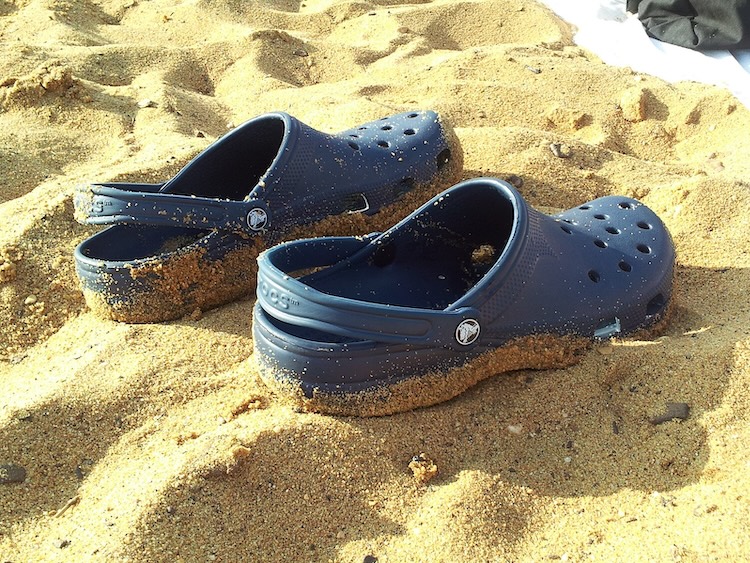
Over the years, Crocs have been a polarizing footwear choice, beloved by some and reviled by others. Celebrities like Justin Bieber, with his custom design, and Priyanka Chopra, the brand ambassador, as well as young Prince George, who sported a pair in 2015, have all showcased the brand.
Balenciaga caused quite a stir in the fashion world by introducing platform Crocs on the runway, with dedicated fans eagerly shelling out $900 for a pair. This incident shows that fashion and beauty are subjective and personal preferences matter. But it also suggests that by associating with a well-known brand or influencer, you can market almost any product successfully.
Jersey Dresses – Popularized in 1960s
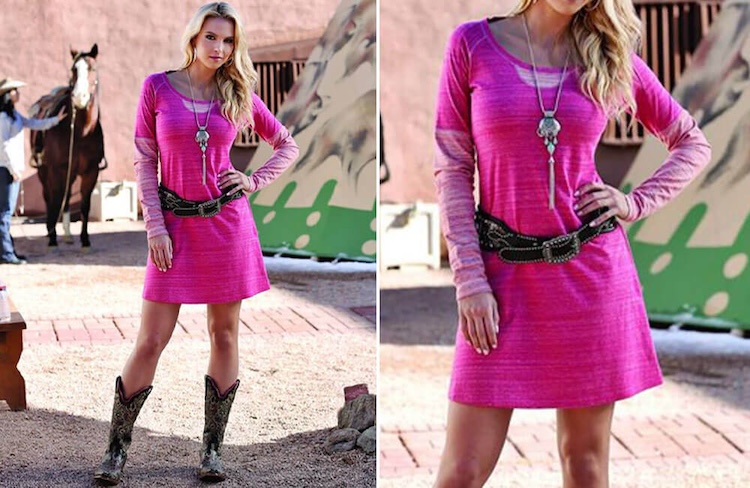
Chanel introduced a bulkier version of the jersey dress in the 1920s and 1930s, but it only became a mainstream fashion trend during the swinging 1960s when Mods embraced it. Icons like Twiggy solidified its place in fashion history. Even today, the jersey dress remains relevant, but there are some considerations to keep in mind.
The fabric might stick to your body in an unflattering way, and the knee-length style may not look good on everyone. Choosing high-quality cotton or silk can give you a better fit that shows off your curves without any sticking or bulges. If you wear a jersey dress, you can try using shapewear to make it look smoother. This can make your natural shape look better without changing it, and give your outfit a more polished look.
Cargo Shorts – Popularized in 2010s
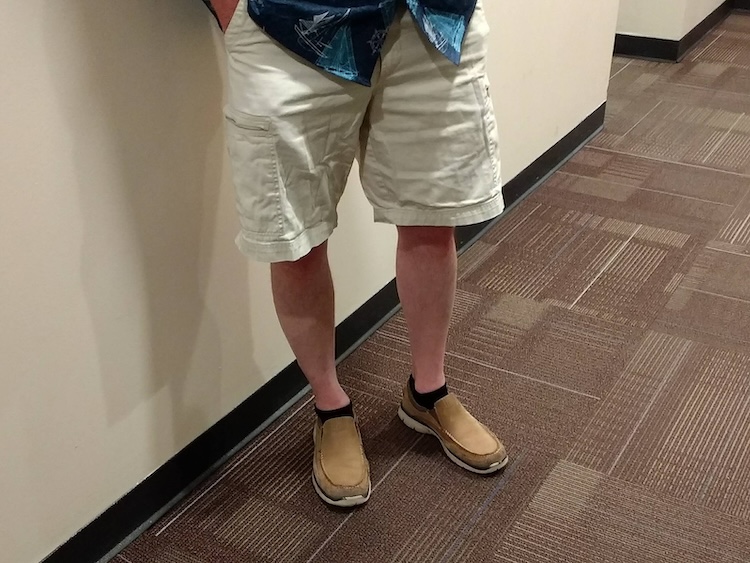
Cargo shorts, often referred to as dad shorts, are the go-to choice for men in warmer months. They’re a laid-back and casual style with ample pockets for practical use. Typically, they’re paired with flip flops and a scruffy T-shirt, which might benefit from an upgrade. Alternatively known as “purse pants,” they cater to a need for more pocket space in men’s clothing.
Today, designers offer a wide range of stylish men’s purses, which are a sleeker and more elegant alternative to bulky pockets. To convey a more put-together image and emphasize self-care, consider opting for well-fitted jeans or shorts that hug the legs without excessive pockets. Pair them with a fitted shirt and leather sandals for a polished look!
Oversized Blazers – Popularized in 2010s
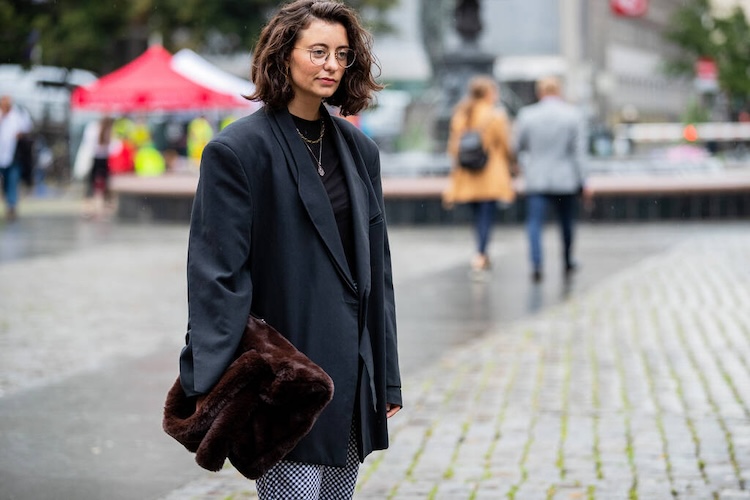
At the royal wedding of Princess Eugenie in 2018, Cara Delevingne made headlines by defying the formal dress code. While attendees were expected to wear suits or day dresses with hats, Delevingne arrived in a bold fitted suit paired with a top hat.
Today, the power suit is making a comeback in women’s fashion. Socialites are embracing this traditionally masculine attire, often choosing matching vibrant colors and pairing it with a tank top. The suit allows for personalized interpretations, but it’s crucial to opt for a well-fitted blazer to make a strong statement without the risk of disappearing in an oversized attire.
Square-Toed Shoes – Popularized in 2000s

Warner Bros. recently remade the film “The Witches,” originally based on a book by Roald Dahl. If you read this book as a child, it might be quite surprising how dark the story is when revisiting it as an adult. The image of the witches’ square toes stuck with many of us as children and remains as frightening today.
Maybe this is why people really don’t like square-toed shoes, or maybe it’s simply because they’re not flattering. Regardless, this style is best kept far from our feet. In fashion, the goal is to create a soft, yet bold and powerful silhouette, and square-toed shoes not only look unnatural but also lack elegance. Today’s trends do feature bulkier soles and shapes, but they’re still predominantly rounded at the toe.
Mom/Dad Jeans – Timeless
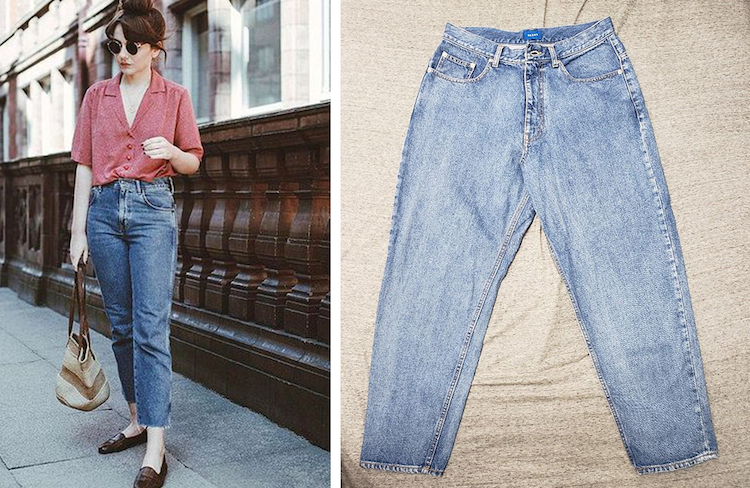
Jeans can be a hit or a miss when it comes to flattery. Some jeans fall into the latter category, leaving you with a boxy, shapeless look. On the bright side, higher-waisted jeans are kinder to shapely bodies, avoiding the unflattering waistline cut of those ’90s Britney Spears low-rise jeans. When it comes to the legs, you want them to fit just right – not too tight, but definitely not too loose, as you don’t want to disappear in your jeans.
Levi’s offers more than 16 different fits, and there are online resources to help you find your ideal fit. However, the best way to go about it is to head to a store and try them on. Comfort is key, but don’t forget they should also make you look good – no need to resemble a square!
Long Skirts – Popularized in 1960s
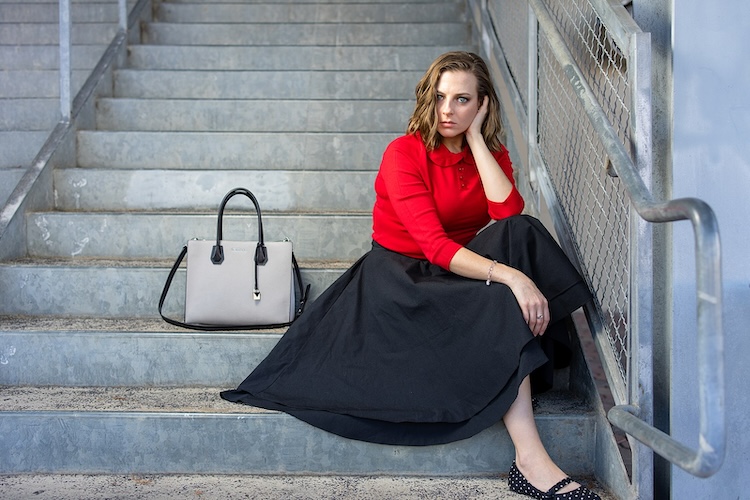
A blanket ban on long skirts wouldn’t be fair. They can look stunning when worn right, especially on certain body types. For shorter folks, floor-length skirts might not be the best choice as they can make you appear even shorter. Instead, opt for three-quarter-length or knee-length skirts, and you’ll avoid this issue.
Choosing the right shoes to go with long skirts can be a bit tricky. Sandals work beautifully in the summer, but in the winter, it’s hit or miss – bulky shoes may not pair well, depending on the skirt and the shoe itself. Also, when styling a long skirt, focus on elongating your body. Avoid items like turtlenecks because they can be tricky to pull off and may not flatter your figure unless you style them correctly.
Cardigans – Popularized in 1930s

The key to a flattering cardigan look is in the silhouette. Opt for a waist-length cardigan over a thigh-length one to avoid a rectangular shape from the back, which isn’t flattering. You can also enhance your cardigan style with a chic shirt collar or accessories like jewelry, along with well-fitted jeans or trousers.
Consider adding a belt to cinch the waist and create an hourglass shape. It’s essential to tailor your choice to your body shape. For a flattering appearance, pair your cardigan with form-fitting clothes underneath, as an all-loose ensemble can give off a frumpy vibe.
Capri Pants – Popularized in 1950s
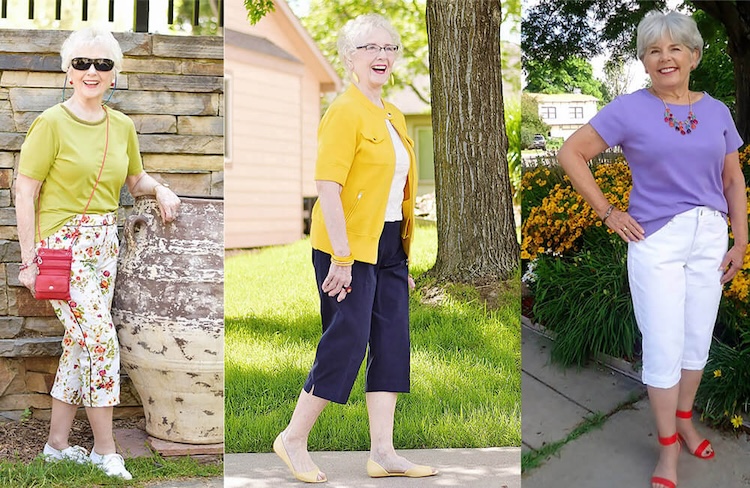
Capri pants, popularized in the ’50s and ’60s and named after the Italian isle of Capri, highlight the midsection and create a short and wide appearance. Despite their historical charm worn by icons like Marilyn Monroe and Audrey Hepburn, modern fashion tends towards more fitted trousers inspired by power suits. Shopping in-store is advisable for trousers due to the fit’s dependency on small details, making online selection challenging.
Today, fashionable trousers are tailored and draw inspiration from sleek suit pants, offering a contemporary and flattering look for various body shapes. The Capri pants, once trendy, have become reminiscent of the past. While they were once iconic, it’s best to embrace the modern appeal of fitted trousers, making it easier to achieve a stylish and timeless look.
Silk Scarves – Popularized in 1940s
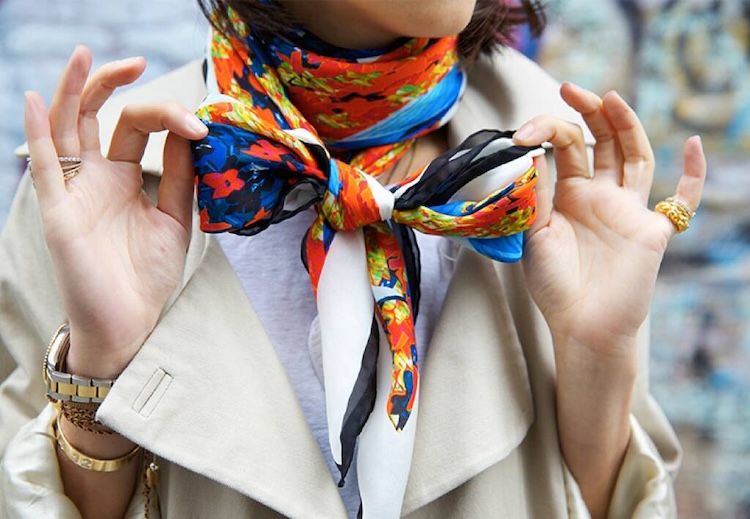
Back in the early 1800s, even the legendary composer Beethoven rocked silk scarves. Fast forward to today, and silk scarves have become a fashion staple, thanks to brands like Hermès and the unforgettable Burberry plaid silk scarf. These silky accessories have a rich history in fashion and still shine brightly on the style scene.
Now, think about that iconic scene from “Thelma and Louise” with the convertible, sunglasses, and scarves. Scarves are undeniably a statement piece. The real question is, what statement do you want to make? Just remember, when wearing a silk scarf, handle it with care. When elegantly tied and paired with the right outfit, it exudes chicness. Keep it simple and sleek, and avoid bulky scarf ties.
Noticeable Pantyhose – Popularized in 1980s
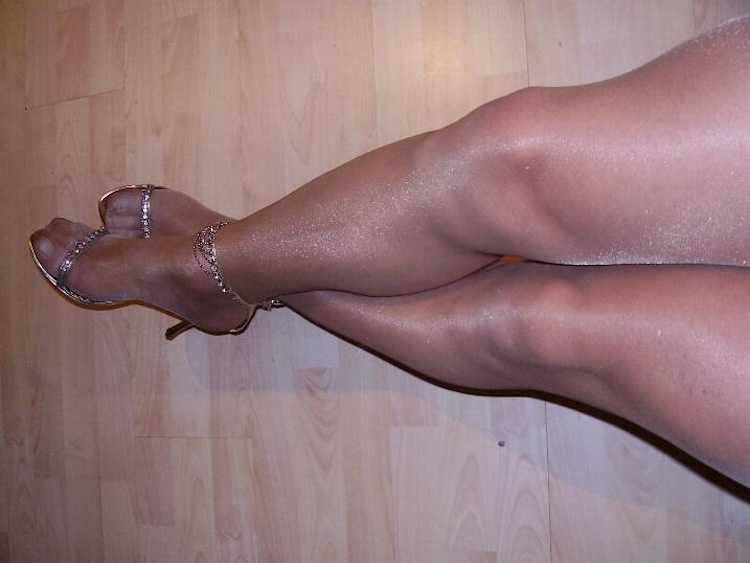
In the past, it used to be okay for pantyhose to be just slightly different from our arm and face shades, often resembling an unfortunate spray tan with an overly orange undertone. But times have changed. Today, unless they’re black, it’s best to avoid it. Noticeable pantyhose now come across as outdated and unfashionable.
Nowadays, there’s a wide range of pantyhose shades available. Ideally, your pantyhose should match your skin tone, or you can opt for colors like navy or black. It’s that almost-matching-but-not-quite look that can be problematic, as it appears unintentional.
Long Hair – Popularized in 1960s
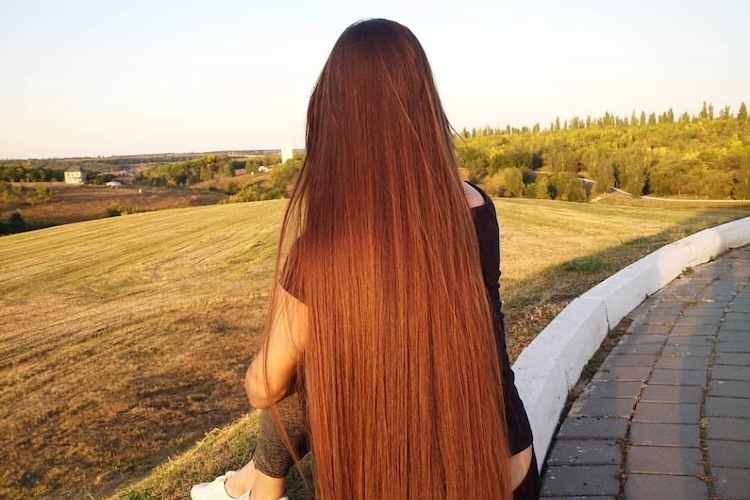
Your hairstyle has the power to transform your entire look, and we all know the importance of making a great first impression. While long hair tied back in a ponytail looks lovely, it’s worth considering a more sophisticated and elegant style at some point.
Maintaining long hair can be time-consuming, often taking an hour to style every day. Let’s be honest; not many of us have that kind of time to spare. Investing around $45 in a professional haircut can make life easier and help you leave a lasting impression. A professional hairstylist’s advice and layering techniques can create the illusion of length without compromising your look.
Spray Tan – Popularized in 2010s
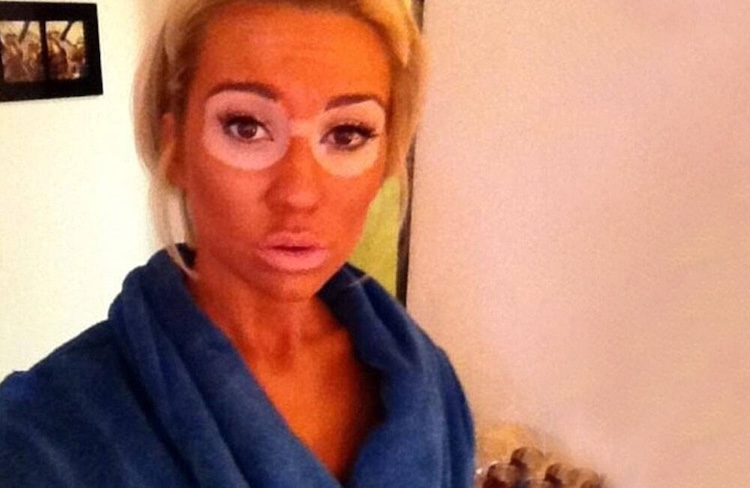
If you were a Jersey Shore fan, you’d recognize GTL: Gym, tan, laundry, the boys’ morning routine before a night of clubbing. The show was a reality TV hit in its early days, with characters you couldn’t look away from.
Now, if you’re not aiming for the ‘orange’ look of the 2010s, you can skip the ‘T’ in GTL and embrace your natural beauty. Healthy skin is the best skin. To achieve a sun-kissed look, consider using well-applied bronzer, and there are plenty of makeup tutorials on YouTube to help you refine your skills. Remember, in fashion, it’s about enhancing and maximizing your natural beauty, not completely changing it.
Socks + Sandals – Popularized in 2010s
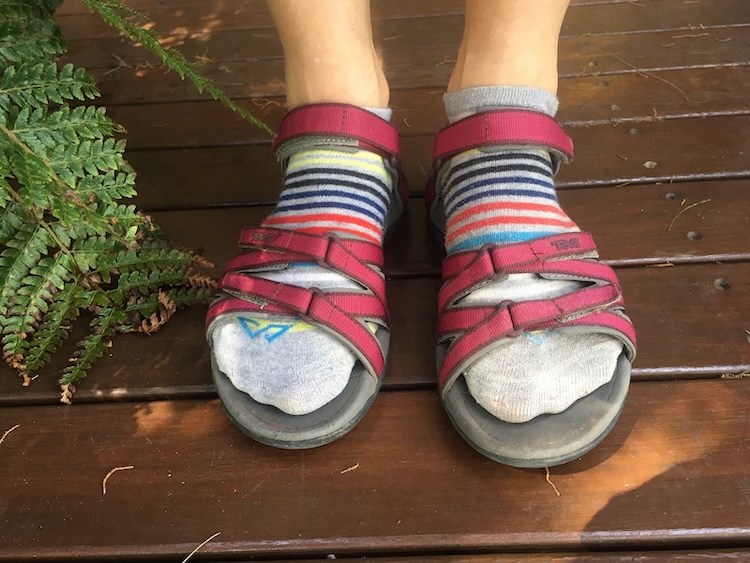
Why wear socks with sandals? Sandals are perfect for warm weather when our feet crave that refreshing breeze, and regular closed shoes can be too hot. Socks, on the other hand, are meant to be worn under shoes for hygiene and comfort. Yet, the real head-scratcher arises when people pair socks with sandals.
If it’s hot enough for sandals, why add socks? And if it’s not that warm, why wear sandals? Frankly, it doesn’t make sense. No matter the age, climate, or any reason, the combination just doesn’t work. The only exception? Perhaps if you’re a little one under 6, exploring your self-styling phase.
Drugstore Reading Glasses – Popularized in 1990s

Glasses leave a strong first impression, and with numerous designs to choose from, finding the perfect pair to match your personality is easy. However, it’s best to avoid drug stores for your eyewear needs. Over-the-counter reading glasses from drug stores may harm your eye health, causing eye strain, headaches, and blurry vision. This isn’t just about looks; it’s a health concern too.
When it comes to items worth investing in, glasses top the list. With varying quality levels and their crucial role in vision, it’s wise to prioritize quality over price. Taking good care of them ensures they’ll serve you for years, making the higher investment well worth it.
Pearl Necklaces – Popularized in 1950s
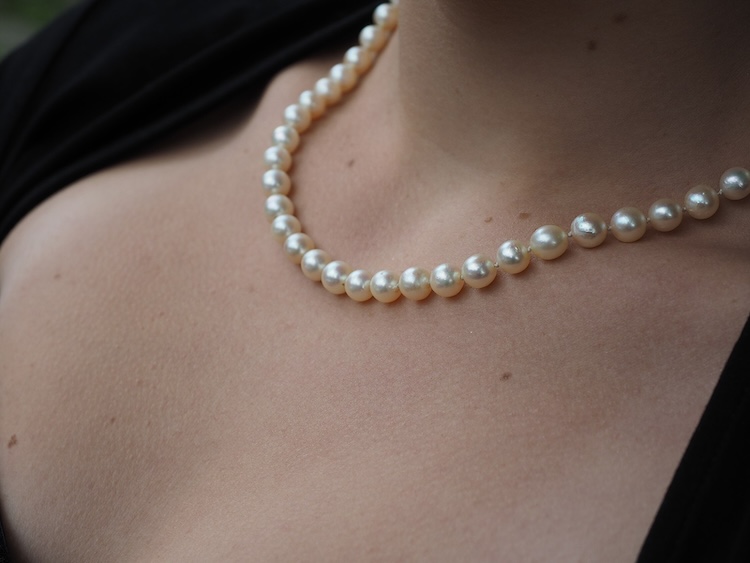
Audrey Hepburn’s iconic look in Breakfast at Tiffany’s is unforgettable. She embodied ’60s glamour with her chic black dress, chignon bun, dark glasses, and pearls, creating an enduring image of sophistication.
Pearl necklaces have been adored by glamorous women for decades, including Marilyn Monroe, Sofia Loren, and even Her Majesty the Queen. They’ve always symbolized a certain era of elegance. However, today, they might be seen as a bit outdated. Modern choices like classic gold necklaces or those with stones like emerald or rose quartz are now more popular and trendy.
Statement Necklaces – Popularized in 2000s

Throughout human history, adorning ourselves with ornaments dates back 130,000 years, with evidence of animal bone and Ancient Sumerians’ gold and silver jewelry. Today, our love for expressing individuality through clothing remains strong, offering a wide range of styles, from elegant to bold.
In the fashion world, making a statement matters. Statement necklaces, though eye-catching, prompt the question: What message do we wish to convey? As Coco Chanel wisely said, “Before you leave the house, look in the mirror and take one thing off.” Perhaps she might suggest removing the bold necklace, emphasizing the power of subtle elegance.
Brooches – Popularized in 1940s
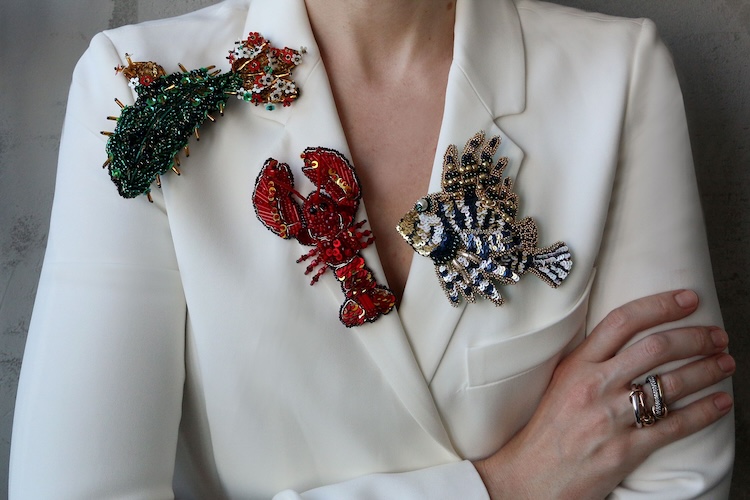
Certainly, a brooch is a timeless accessory, typically affixed to garments like coats or jackets rather than directly on the body. While jewelry never truly goes out of style, striking the balance between chic and outdated is essential. Striving for simplicity and elegance in brooch selection can often be the key to achieving a stylish look, reminding us that less is indeed more.
Finding the right balance between classic and outdated fashion can be difficult. Choosing a simple and elegant brooch design is a good option. Take inspiration from figures like Queen Elizabeth, who embraces brooches despite differing opinions on her fashion sense, showing that individual style is always valid and unique.
Wearing Teenage Brands – Popularized in 2000s
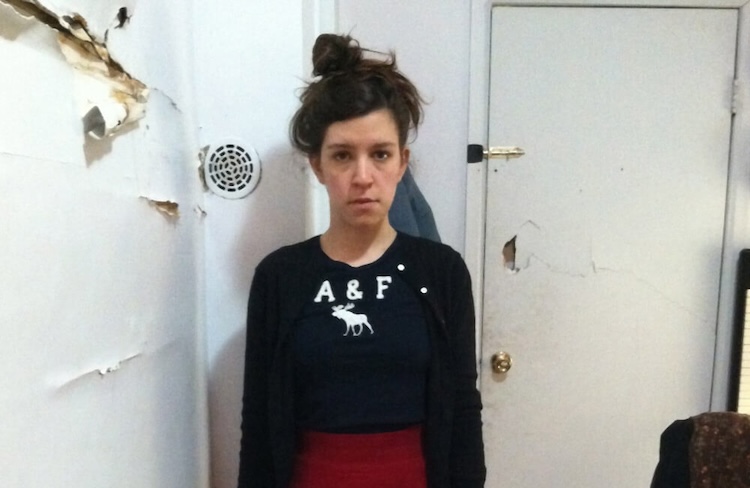
Abercrombie, Forever 21, and Topshop are super popular with young women, thanks to their affordable and trendy clothing. When you’re young and carefree, keeping up with the latest fashion trends is a top priority. However, as we grow older, we tend to shift our focus from fast fashion to high-quality, longer-lasting items.
You don’t have to break the bank for this; brands like COS and Uniqlo offer quality without the hefty price tag. Moreover, today’s younger generations are increasingly mindful of the environmental impact of disposable fashion. This shift towards quality might just be the end of fast fashion as we know it.
Shoulder Pads – Popularized in 1980s
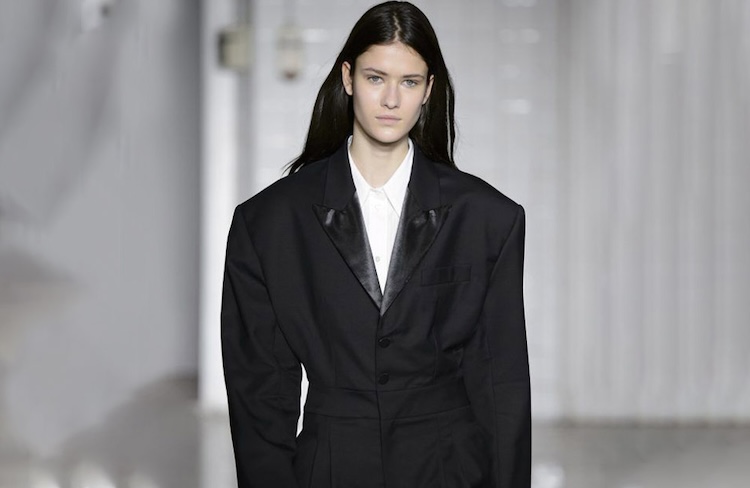
In the ’80s, shoulder pads were all about making a bold statement with strong, protruding shoulders – a symbol of power and presence. Their original purpose was to improve the wearer’s posture. Fast forward to today, we’re witnessing a resurgence of ’80s fashion thanks to pop stars like Miley Cyrus. Mullet haircuts and shoulder pads are once again in the spotlight.
Fashion trends are cyclical, but this time around, we’re more posture-conscious, thanks to practices like yoga and Pilates. Instead of relying on shoulder pads, a deep breath and good posture are the keys to looking your best. Stand tall – it’s a better choice than pads ever were.
Kitten Heels – Popularized in 1950s
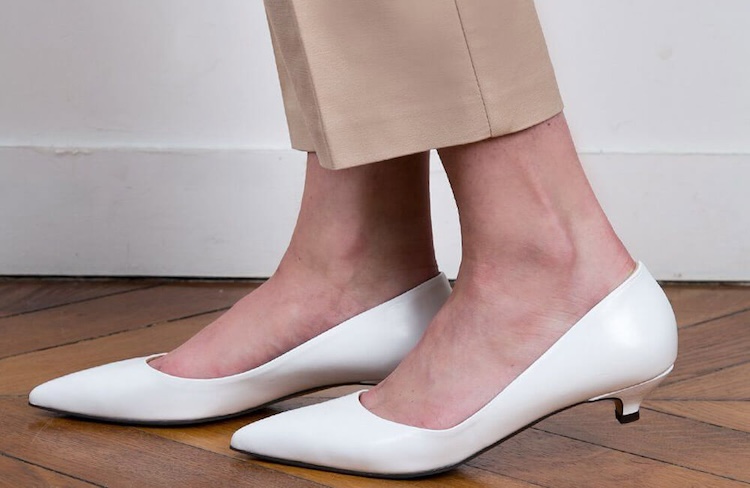
To heel or not to heel, that’s the question. The kitten heel, it’s a bit of a non-committal in-between, not quite a full-blown heel but not completely flat either. It got its name from the notion that they’re like “training heels” for young women who aren’t quite ready for the real deal. Kitten heels have a long history, dating back to Louis XIV in France, but they’re not as popular nowadays.
The modern generation tends to go for flat shoes instead, ditching the heel game. But interestingly, you still spot these heels on some powerful women in politics, like Michelle Obama, Theresa May, and Hillary Clinton. Maybe it’s time for a name change – how about calling them “lioness heels” to ditch the “kitten” vibe and bring back the trend?
Not-So-Funny T-Shirts – Popularized in 2000s

Wearing a shirt that pokes fun at someone or gifting your partner an ironic tee won’t earn you any brownie points in a relationship, and it’s definitely not the best choice for your first day at a new job.
On the other hand, slogan T-shirts can be a powerful way to convey your stance on important topics. For instance, in 2016, Grazia Chiuri made a bold statement with Dior models wearing T-shirts that read, “We should all be feminists.” As for those not-so-amusing T-shirts, it’s better to leave them in the past, recycle them, or simply toss them out for good.
Tie-Dye – Popularized in 1960s
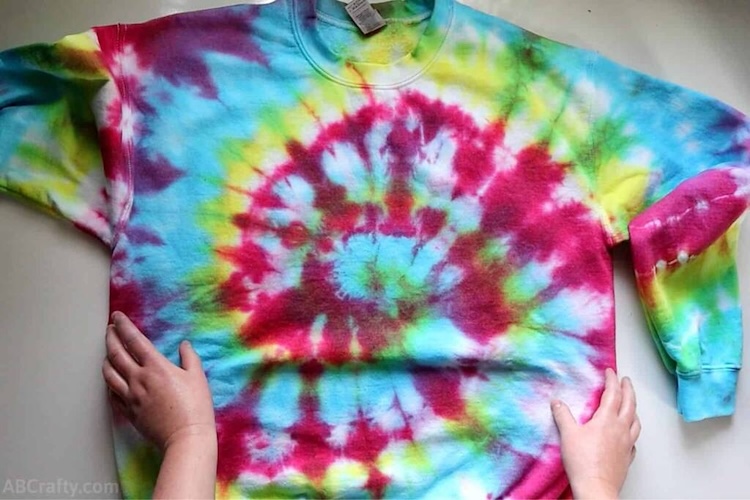
Ah, the 60s, a time of free love, peace, and music festivals featuring legends like Jimi Hendrix, Joan Baez, and John Lennon. It was a magical era, filled with unity against war and unforgettable memories for those who attended.
Speaking of the past, tie-dye fabric often resurfaces in modern fashion, but it never quite stays. Maybe some things are better off staying in their original time, don’t you think?
Small Round Metal Glasses – Popularized in 1960s

John Lennon was famous for his activism, deep affection for Yoko Ono, and, of course, his timeless music and lyrics that continue to resonate with generations. While his fashion sense leaned towards an original hippie style with loose clothing and long hair, his iconic round glasses remain a distinctive part of his image.
Round glasses have cycled through fashion trends over the years, but these days, they’re most commonly linked with the likes of Harry Potter. Although we all adore the beloved wizard, he may not be the ultimate fashion icon. When aiming to make a memorable first impression, you might want to steer clear of being associated with him.
Bell Bottoms – Popularized in 1960s
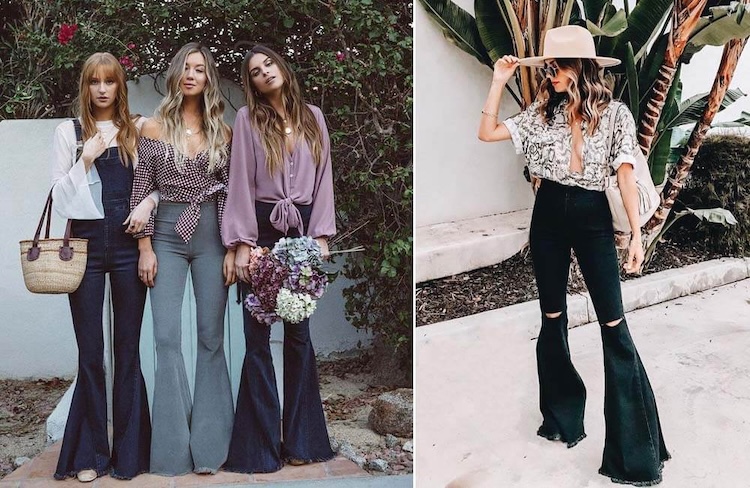
Bell bottoms have quite a history! They date back to the 17th century, originally worn by boat workers who needed room to fold up their pants during messy deck work. In the 60s and 70s, the hippie movement made them a fashion statement, prioritizing comfort and non-conformity.
Fast forward to the 90s, and we saw a brief comeback of wide-bottom jeans. But remember, those low and wide hems could be a pain, soaking up dirt and water when you sat down!
Bandanas – Popularized in 1990s
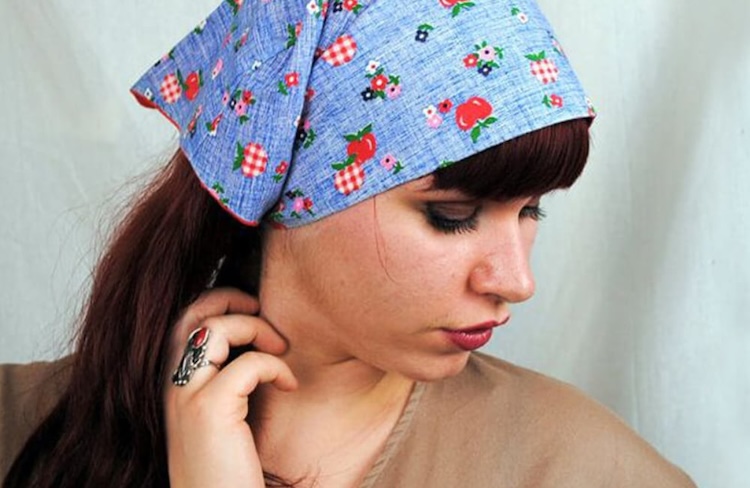
In the world of fashion history, the bandana has been embraced in numerous styles by various subcultures. Cowboys sport it as a classic necktie in a triangular fashion, while in Hip Hop culture, it’s often worn as a head tie. Meanwhile, pin-up aficionados rock it as a headscarf reminiscent of Rosie the Riveter’s iconic look.
However, these are just glimpses into the rich tapestry of bandana fashion. Originally hailing from the Middle East and Southern Asia in the late 17th century, this small piece of fabric beautifully encapsulates the diverse cultural threads woven into fashion’s rich history.
Big Sequins – Popularized in 1980s

Sequins have been a part of the fashion world since the 17th or 18th century when they were used to sew coins onto clothing as extravagant embellishments. The wealthiest individuals throughout history adorned themselves with sequins, and the V&A museum in London even features a reproduction of a waistcoat adorned with over 10,000 sequins.
In the ’80s, large sequins became one of Michael Jackson’s signature looks. However, over time, the material used to make sequins transitioned from metal to plastic. Nowadays, wearing large sequins tends to come across as more budget than stylish. On the other hand, small sequins have gained popularity and continue to be a favored choice on red carpets.
Plastic Flip Flops – Popularized in 2000s
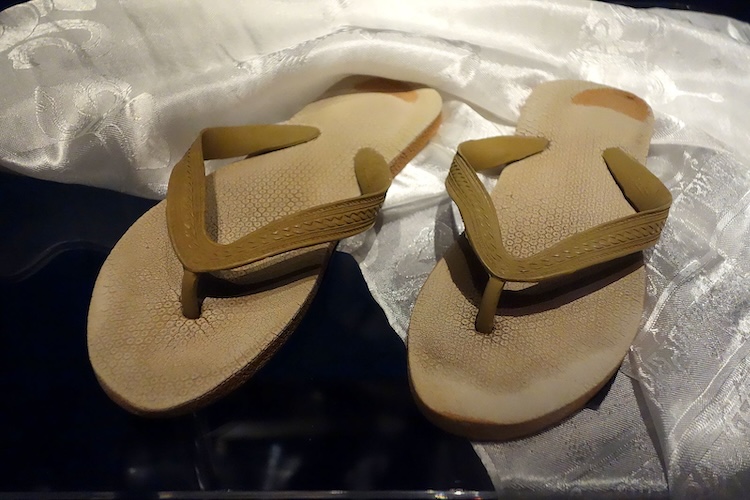
Certainly, the renowned Bralizian brand Havaianas dominates the market with a staggering 150 million plastic flip flops annually. Despite their universal appeal, suitable for all ages and genders, these flip flops present significant drawbacks.
Notably, they subtly alter one’s walking pattern, impacting soles, heels, and ankles adversely. Moreover, these mass-produced plastic flip flops expose feet to various germs and bacteria, compounding their negative effects. Given their environmental impact, it’s clear that reevaluating our choices is crucial.
Heavy Blue Eye Shadow – Popularized in 1960s
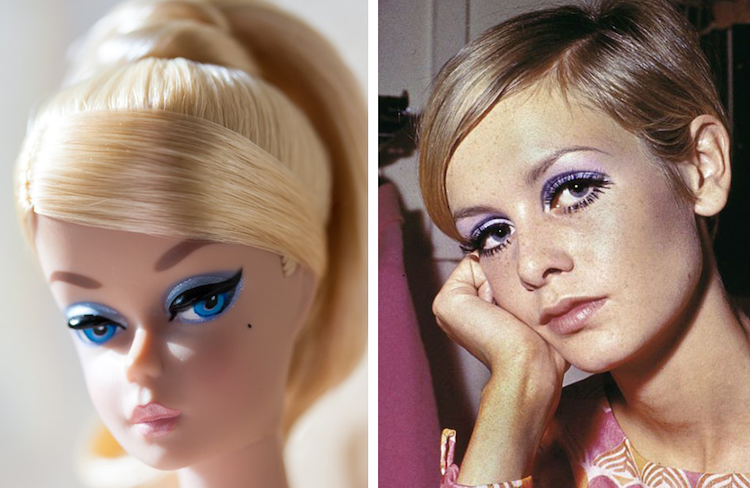
The original blue eyeshadow trendsetter was Barbie in 1959, with her striking heavy blue eyeshadow, alongside her distinctive body proportions and oddly curved feet. This style was soon adopted by icons like Twiggy, making it a ’60s favorite.
Fast forward to the ‘80s, and the bold blue eyeshadow look made a strong comeback. The quintessential ’80s makeup included full, bushy eyebrows and intense blue eyeshadow sweeping from lashes to brows in one confident stroke. Thankfully, today’s makeup trends lean towards more natural, versatile color palettes.
Low Rise Jeans – Popularized in 1990s

In the days of “heroin chic” with Kate Moss gracing magazine covers, low-rise jeans, sometimes playfully called “bumsters” due to their ultra-low fit, became a trend, often revealing sparkly underwear.
During the 2000s, icons like Britney Spears, Christina Aguilera, Beyoncé, and Destiny’s Child embraced the low-cut jeans style, paired with bedazzled belly button jewelry and flashy belts. Fortunately, this noughties fashion trend eventually faded into obscurity.
Bandage Dresses – Popularized in 1990s

The bandage dress is a tight-fitting outfit that gives the appearance of bandages wrapping around the body. It gained popularity in the mid-’90s, with supermodels like Cindy Crawford showcasing it on runways and in catalogs.
Though the dress had its moments, even making a brief comeback with stars like Kim Kardashian, it’s not commonly worn today. The trend has shifted towards natural, flowing fabrics, as opposed to the tight, nylon, and spandex-clad aesthetic of the past.
Acid Wash Anything – Popularized in 1960s

Stone washing gained popularity in the ‘60s among young surfers who wanted to speed up the fading of their jeans by using bleach. Acid washing, on the other hand, is a mechanical process that involves pounding the jeans to achieve a worn effect, despite having nothing to do with actual acid.
There was a time in the 2000s where the acid wash style was strategically placed on pants to highlight specific areas like the front and back of the legs or the bottom area to create a rounded appearance. Fortunately, today, the stone-washed look is considered outdated, and not in a favorable way.
Tiny Sunglasses – Popularized in 1990s

When I see these tiny sunglasses, three thoughts come to mind. First, the early-2000s Justin Timberlake with his distinctive hairstyle that resembled uncooked instant noodles. Second, we’ve got Billie Eilish, born around the same time JT rocked those small shades, now making her own style statement with them.
The third thing that pops up to mind is that unforgettable moment from “Keeping Up With the Kardashians” when Kanye, often seen as a fashion authority, sent an email ‘forbidding’ his then-wife from wearing oversized glasses. If these three reasons don’t convince you to ditch those tiny shades, I don’t know what will.
Scrunchies – Popularized in 1980s

Carrie Bradshaw strongly disapproved of the puffy hairband on “Sex and The City,” the fashion bible of its time. However, in her pre-Bradshaw days, Sarah Jessica Parker was a big fan of this accessory, with her blonde curls and high ponytail epitomizing ‘80s fashion.
Originally introduced as a stylish alternative to traditional metal hair bands, scrunchies burst onto the scene with a vibrant array of colors and designs, perfectly capturing the spirit of the 80s. This little fabric accessory has endured debates throughout the years, and even today, many fashion enthusiasts continue to embrace them, much to the dismay of scrunchie critics.
Chunky Dad Sneakers – Popularized in 2020

Have you noticed that nearly every person under 25 is sporting those massive, white sneakers? In the ’90s, Fila dominated the scene, and now it looks like they’ve made a major comeback. What’s the next big thing? Buffalos?
However, there are a few concerns with this trend. First off, white shoes are a nightmare to keep clean, especially in a city. And do we really want our feet to look twice their actual size? Plus, the fact that every third person is wearing the same shoe might make you think twice about jumping on this trend.
Too Much Layering – Popularized in 2000s
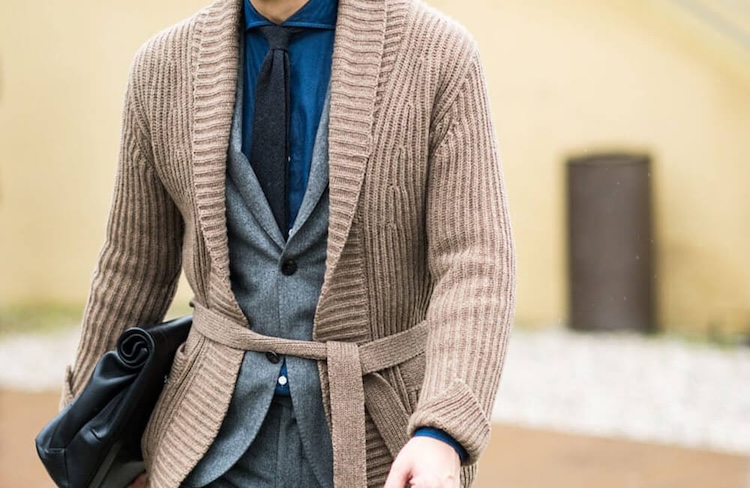
In Milan, there’s a saying about identifying true chic during winter – it’s an art that requires mindful effort. Excessive layers can lead to sweating, dehydration, and restricted movement.
The secret to staying stylish and warm in winter is premium undergarments. Proper thermals are crucial in the coldest months, reducing the need for numerous outer layers. Pair them with winter accessories like gloves, a scarf, and a hat, and you’re good to go!
Biker Shorts – Popularized in 1980s

Certainly, Princess Diana’s timeless style, including her iconic bike shorts and oversized sweater ensemble, left a lasting influence on fashion. These dressed-down looks, once exclusive to athletes, are now embraced widely, reflecting our health-conscious and informal modern culture.
In today’s world, sportswear has become a norm, with yoga pants being a popular choice for daily wear among people from all walks of life. While celebrities like Hailey Bieber occasionally wear sports shorts, it’s essential to note that their popularity doesn’t necessitate an impulsive purchase.
UGG Boots – Popularized in 2000s
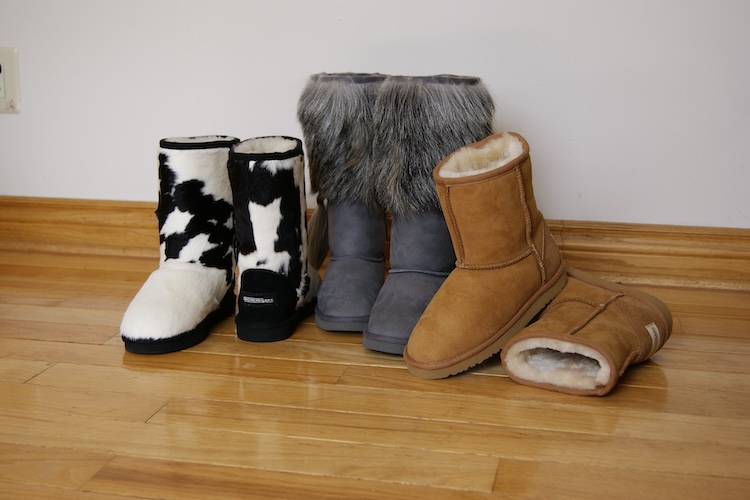
UGG boots, those timeless sheepskin classics, once held the title of the most sought-after item on Black Friday. They might be comfy, but their shapelessness and house slipper appearance aren’t for everyone. What’s more, their impact on the environment isn’t too rosy either.
Sheep, surprisingly, top the charts in greenhouse gas emissions, surpassing even cows. UGG touts ethical standards, but their products may not be entirely cruelty-free. So, the big question is, are they worth it? For many, the answer is a resounding no. They aren’t budget-friendly, lack in the style department, and don’t exactly scream environmental friendliness.
Peplum Dresses – Popularized in 1940s
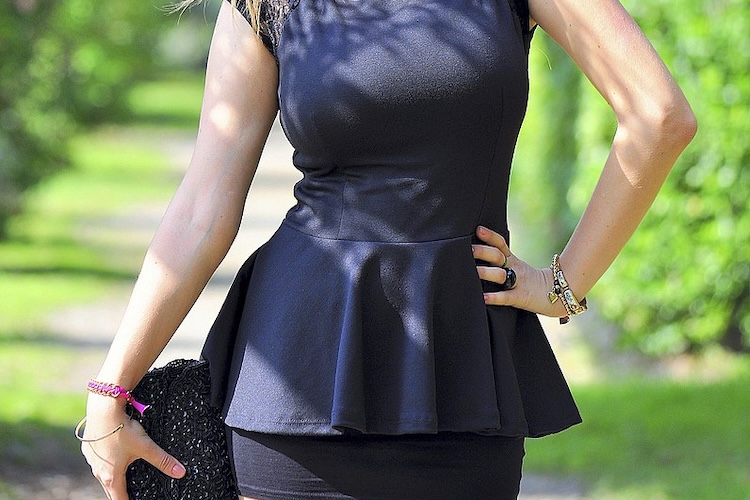
The Peplum dress had its heyday in the 1940s, exuding an elegant and formal vibe that celebrated the coveted hourglass figure of that era. Fast forward to the 1980s, a decade defined by power suits and shoulder pads galore, the peplum style made a striking comeback.
Now, let’s talk about wearing peplum dresses. They can work wonders for accentuating your figure, but be mindful—they have the potential to widen your hips in a not-so-flattering manner. So, when it comes to rocking the peplum, approach it with caution, or, if you’re feeling a bit unsure, consider giving it a pass altogether.
Moon Boots – Popularized in 1970s
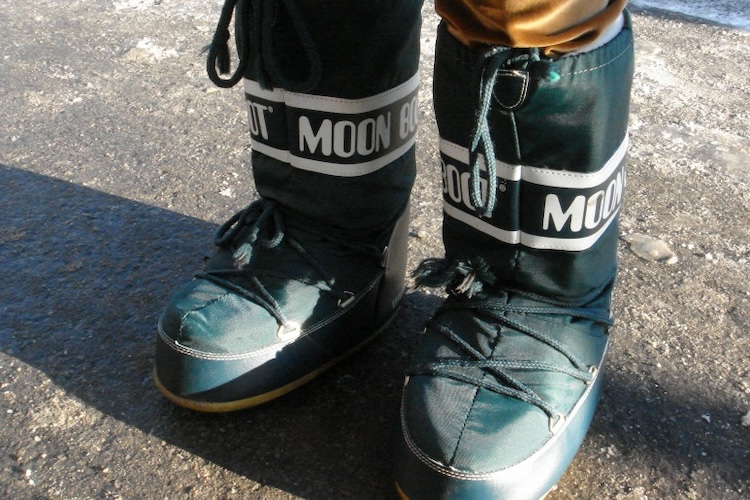
The initial ski boot designs bore a striking resemblance to the footwear worn by Apollo astronauts during their moon missions. Surprisingly, this retro lunar fashion statement gained immense popularity among space enthusiasts and fashion-forward youth. These vintage moon boots were originally offered in an array of colors and styles.
Fast forward to today, and you can still catch glimpses of these classic moon boots on the feet of fashion influencers, many of whom happen to be the offspring of well-known figures. However, unless you’re aiming to resemble a job applicant at one of Elon Musk’s space stations, this trend might just need to take a backseat.
Fur-Lined Coats – Popularized in 1960s
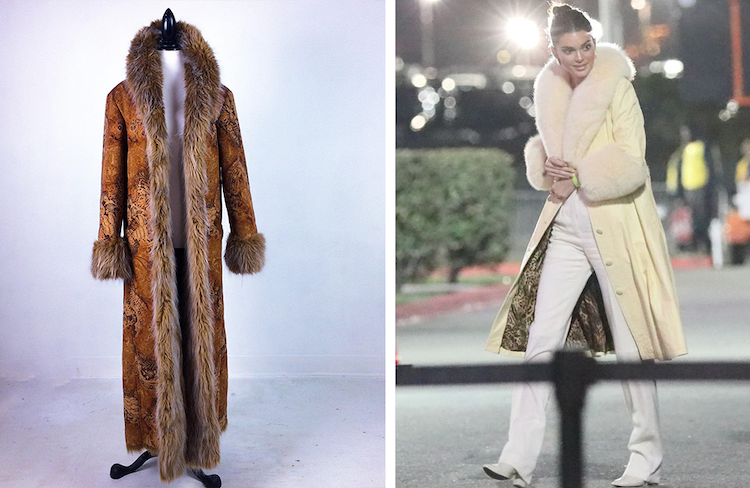
Back in the ‘60s, fur-lined coats were all the rage, adorning glamorous movie stars and socialites. But as time passed, their popularity dwindled, making way for the more contemporary and humane faux fur alternatives.
Fast forward to the ’90s and 2000s, faux fur-lined coats became the epitome of fashion, and you can still spot them on the streets today. However, today’s fashion tends to favor sleeker, well-fitted attire, making the once bulky fur jackets appear a tad out-of-date when compared to the fashion-forward trench coats.
Polka Dots – Popularized in 1940s
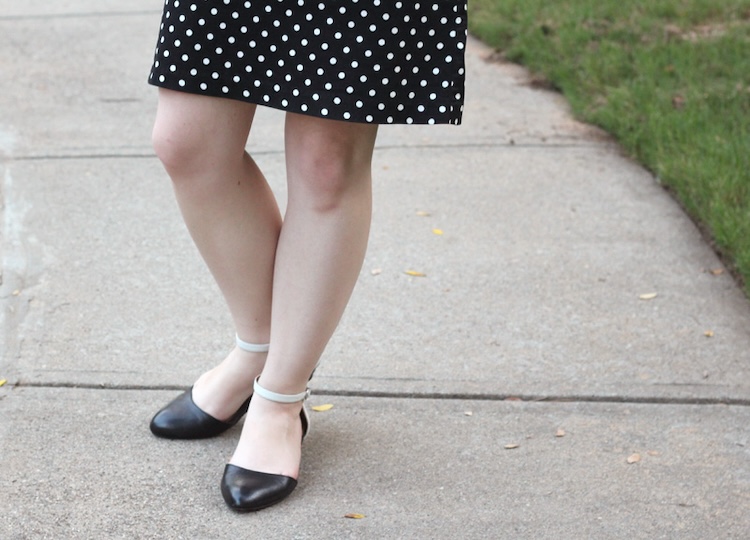
The polka dot, an iconic print that’s been with us for decades, made its mark on the original Minnie Mouse in the 1920s and later adorned the legendary Marilyn Monroe. In the 1940s, even Frank Sinatra crooned about “Polka Dots and Moonbeams,” a tune subsequently sung by many others.
Despite its enduring popularity, the polka dot has experienced its highs and lows and is currently considered somewhat outdated. It’s worth noting that polka dots, like other prints, can be a bit tricky as they have the potential to create a broader visual effect on our bodies. When it comes to prints, a degree of caution is always wise, and polka dots are no exception to this rule.
Tiny Purses – Popularized in 2020s
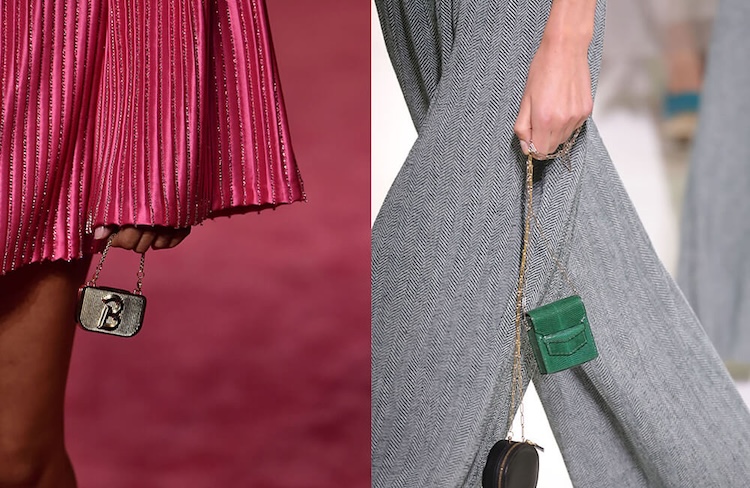
In the 1800s, women rocked those spacious, roomy dresses that could practically fit anything, making bags almost redundant. But as time rolled on, ladies’ outfits seem to have forgotten the pocket trend, and the purse has since taken the throne as the ultimate accessory.
Now, let’s talk bags. They’re not just about function; they’re like a fashion billboard for the person carrying them. You can tell a lot about someone by the size and brand of their bag. Ever wondered what’s the message behind a teeny-tiny bag? And why is it that as our phones get bigger, bags are getting smaller? It’s a real head-scratcher.
Disco Collars – Popularized in 1970s

In the 1970s, just like how animals have their unique courtship rituals in the wild, disco collars had a similar charm when it came to attracting potential dance partners up in the club. This era was defined by the vibrant and high-energy disco dancing, with iconic figures like John Travolta and Elton John setting the stage on fire.
Fast forward to today, fashion bloggers are making a case for the revival of these oversized collars. But, before you rush out to add them to your wardrobe, remember that not all trends from the past should make a comeback. Some styles are better left in the annals of fashion history, and disco collars happen to be one of those relics.
Frameless Glasses – Popularized in 2000s
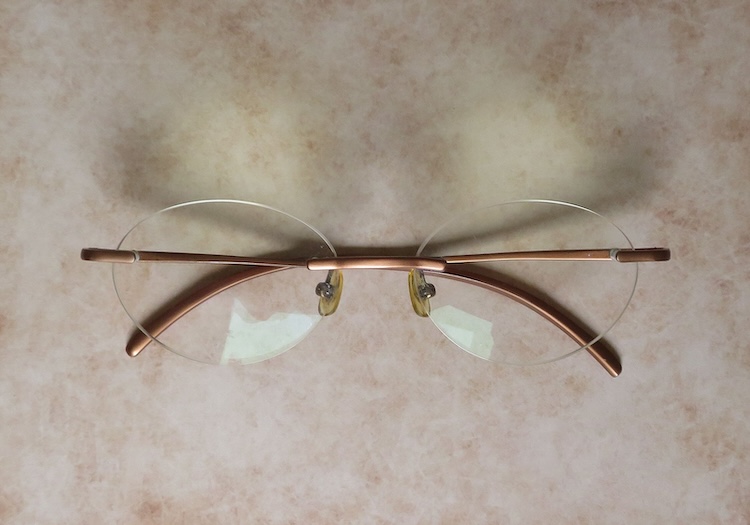
Glasses can have a significant impact on how others perceive you. Various social studies suggest that glasses often make a person appear more approachable, intelligent, and honest. In fact, they tend to create a positive impression rather than a negative one. Your choice of frames can also speak volumes about your personality, shaping the way people perceive you from the get-go.
So, what do your glasses reveal about you? If you opt for well-known branded frames, it typically signals your fashion-forward mindset. On the other hand, brightly colored or small, round frames can convey creativity and a touch of eccentricity. But what about rimless glasses? Well, they may not offer much insight into your personality, it seems.
